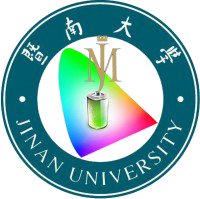分享到
Insights to pseudocapacitive charge storage of binary metal-oxide nanobelts decorated activated carbon cloth for highly-flexible hybrid-supercapacitors
2020
期刊
Journal of Energy Storage
作者
Muhammad Sufyan Javed
· Abdul Jabbar Khan
· Syed Shoaib Ahmad Shah
· Tayyaba Najam
· Sajid Hussain Siyalg
· Muhammad Faizan Tahir
· Zhijuan Zhao
· Wenjie Mai
- 卷 31
- DOI: 10.1016/j.est.2020.101602



